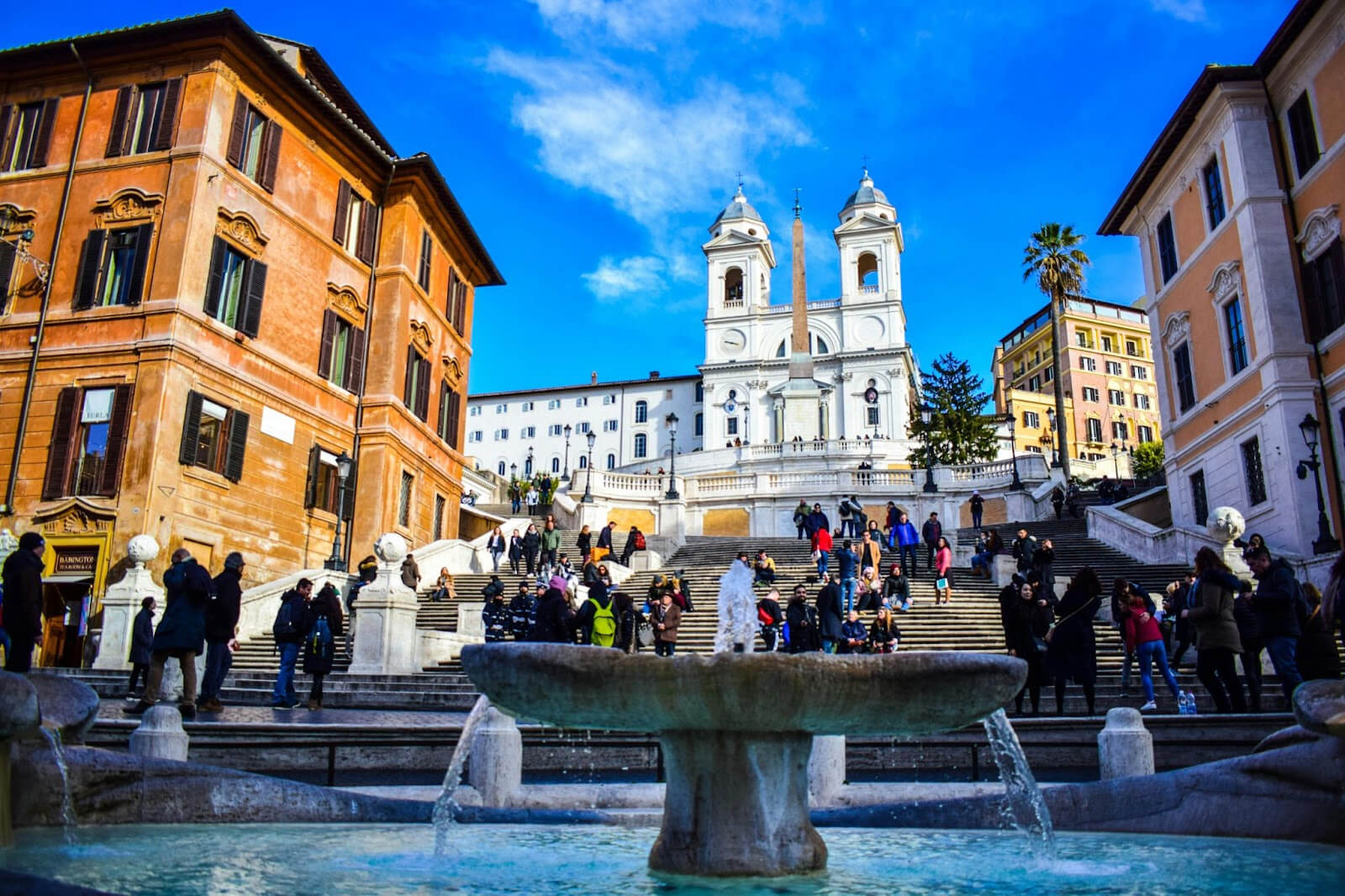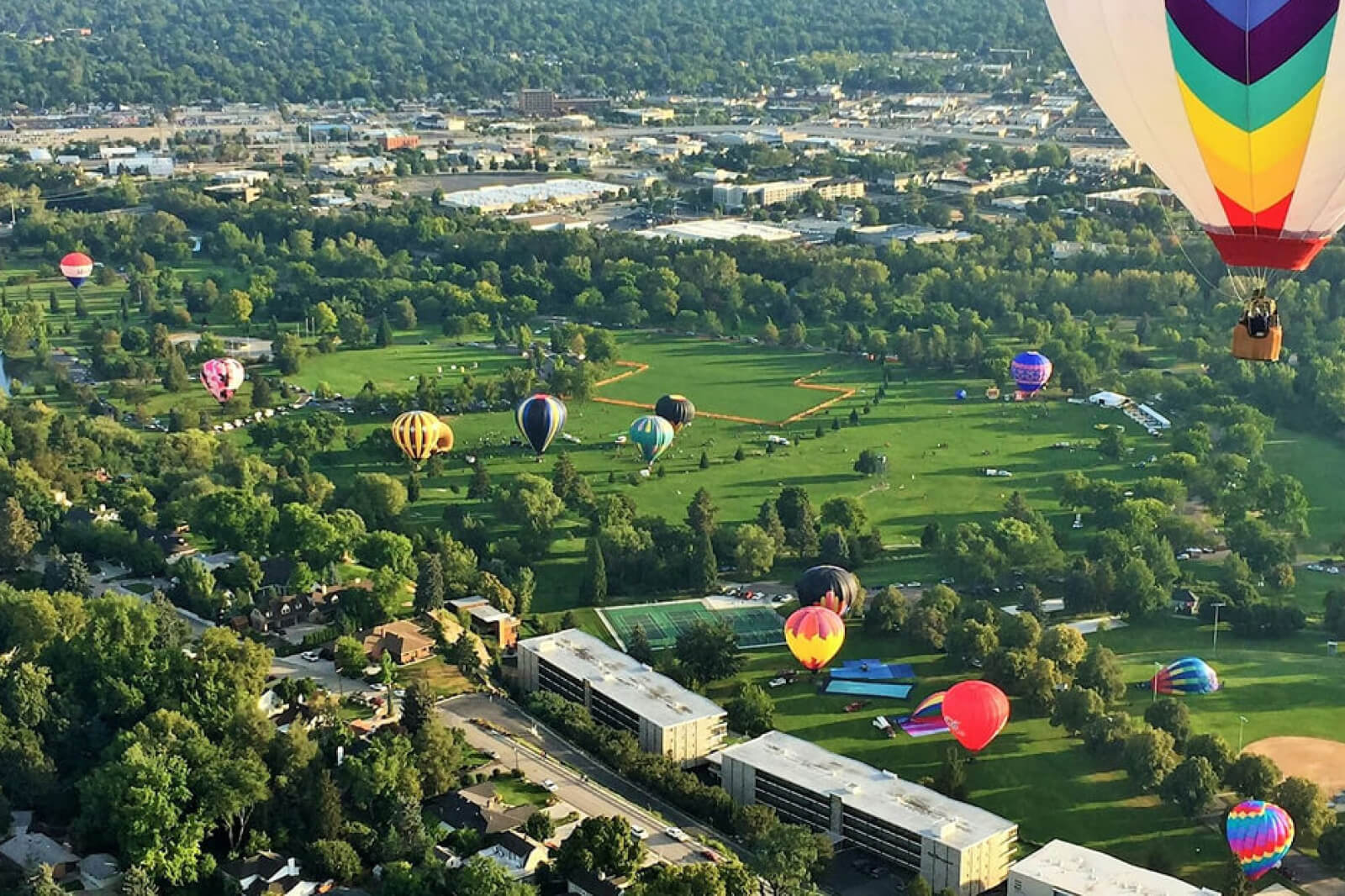
The 10 Best Ethically-Conscious Zoos Across America

Summer makes us all eager to spend more time outdoors, it’s the perfect time to pay a visit to the zoo.
Just about every major city has a zoo where visitors can get up close and personal with wild animals, but of course, not all zoos are created equal. Particularly if you’ve watched Tiger King, you probably already know that some zoos do much more harm than good.
Thankfully, there are also many zoos that are doing great work in conservation efforts and creating the best environment possible for their animals and the animal lovers who want to visit them. Below, we’ve rounded up just a few of the most ethical zoos in the United States.
San Diego Zoo
As one of the most popular zoos in the country, the San Diego Zoo specializes in endangered animals and focuses on saving them from extinction. They also partner with other zoos around the world to share their research in rehabilitation and conservation that would be difficult, if not impossible, to conduct in the wild.
Austin Zoo
Located on the outskirts of Austin, Texas, the Austin Zoo started as a goat ranch and has gradually grown into one of the state’s most animal-friendly zoos. Now boasting over 300 animals from over 100 species, the Austin Zoo operates with a mission to assist animals in need, taking in exotic animals that need to be rescued or rehomed for a variety of reasons.
Indianapolis Zoo
With a strong commitment to conservation, the Indianapolis Zoo supports efforts around the world to save endangered animals and their land. They are home to over 1,400 animals in habitats that closely mimic those of the wild and have been adopting more eco-friendly practices in addition to their conservation efforts.
Woodland Park Zoo
Located in Seattle, Washington, the Woodland Park Zoo is one of the country’s most ethical zoos. They focus on recreating their animals’ natural habitats as closely as possible, and the zoo also has conservationist breeding programs on-site to help grow the populations of endangered species.
St. Louis Zoo
Not only is the St. Louis Zoo free to visit, but it’s massive; here, you’ll find 19,000 animals from 600 species over a sprawling 90 acres. According to their website, the zoo has “witnessed dozens of cheetah births, hatched and reared endangered Micronesian kingfishers and returned Puerto Rican crested toad tadpoles to ponds in their native homeland—to name only a few successes.” The St. Louis Zoo also has a program called the WildCare Institute, which takes a holistic approach to healing troubled ecosystems.
Bronx Zoo
The Bronx Zoo might not be the first attraction you think of when it comes to New York City’s outer boroughs, but it offers a much-needed slice of wildlife in the concrete jungle. This zoo is home to award-winning habitats that span over 265 acres. Outside of the city, the Bronx Zoo employs thousands of conservationists who work to protect endangered exotic animals in the world’s most threatened environments.
Henry Doorly Zoo and Aquarium
In addition to impressive worldwide conservation efforts, the Henry Doorly Zoo and Aquarium—located in Omaha, Nebraska—features the world’s largest geodesic dome. This dome creates a realistic desert environment that acts as a home to countless animals and plants.
Columbus Zoo
Ohio’s Columbus Zoo and Aquarium houses over 7000 animals from over 800 species. They’ve made great strides in breeding endangered animals, such as the three polar bear cubs who were born at the zoo in 2016. The Columbus Zoo also boasts a massive 100,000-gallon coral reef tank and some of the country’s best primate habitats.
Alaska Zoo
It should come as no surprise that the Alaska Zoo is a fantastic place to see your favorite arctic and subarctic animals. Located in the city of Anchorage, this zoo focuses on arctic creatures you won’t find at your zoos in the continental United States. They especially focus on polar bear rescue.
Denver Zoo
Colorodans are known for their love of the great outdoors, and their appreciation for Mother Nature translates into the practices at the Denver Zoo. They were the first zoo in the country to go above and beyond usual conservation efforts by getting rid of traditional enclosures, creating realistic habitats for their 4,000 creatures from over 600 different species.



